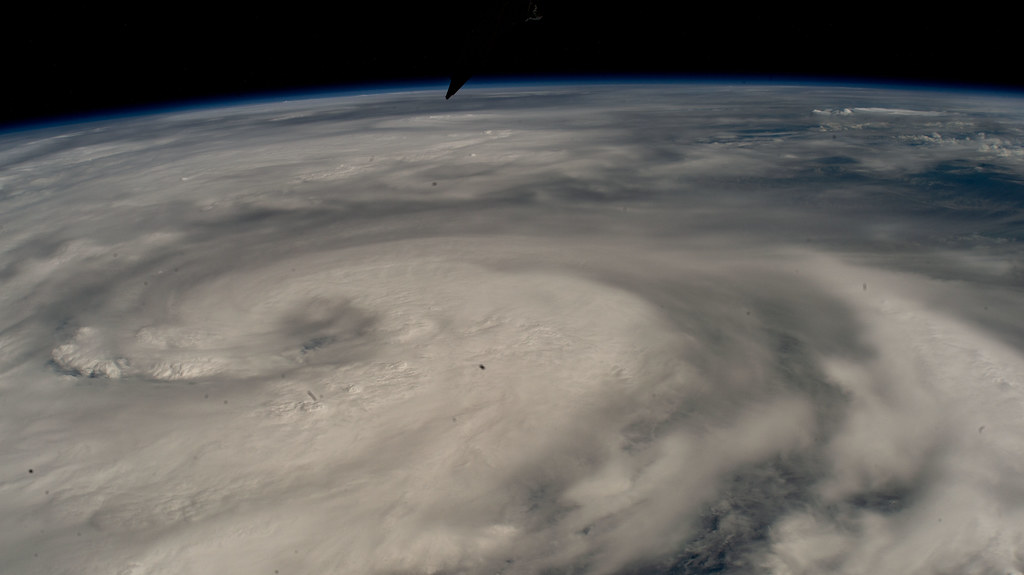On Thursday, October 31st, Typhoon Kong-rey made landfall on the east coast of Taiwan. It was the most severe tropical storm to hit the country in nearly 30 years, with wind speeds up to 125 miles per hour and a 200-mile radius of maximum wind. So far, three people are confirmed dead and more than 500 are missing due to the typhoon. This event is unfortunately not an outlier in terms of natural disasters and is part of an ongoing trend concerning climate change in recent years.
The National Centers for Environmental Information stated that as of November 1st, 2024, there have been 24 weather/climate disasters that have caused damages of over 1 billion dollars in the United States alone. These events include:
- 17 severe storms (including Hurricane Helene, a storm that hit the US’ east coast on September 26th, which has a death toll of 230 and counting)
- 4 tropical cyclones (Typhoon Kong-rey)
- 1 wildfire
- 2 winter storms
On top of this, the Sahara Desert flooded with record levels of rainfall in September of this year, with some places getting up to eight inches of rain. The events have caused a total death toll of over 400 people. This is a staggering amount when in the 1980s, the average was just three natural disasters incurring the same damages per year.
So, what does this mean for our planet? Due to climate change, the temperature of Earth’s oceans and atmosphere have been rising steadily. This increases the severity and frequency of tropical cyclones (hurricanes and typhoons), making them much more dangerous than they would have been just 40 years ago, causing more expensive damages and higher death tolls. Lack of rainfall in other areas of the world can also have negative effects; drying brush in forests has caused wildfires to be much more difficult to put out.
If no action continues to be taken about this crisis, temperatures will continue to rise and natural disasters will only get worse and worse. Of course, drastically reducing our usage of fossil fuels would be the most effective way to solve this problem. The International Energy Agency has said that while countries have agreed to practically eliminate their usage of nonrenewable energy sources by 2050, projected results indicate that at this rate, sea levels could rise another five feet by the end of the century, causing even more catastrophic storms and other disasters.








